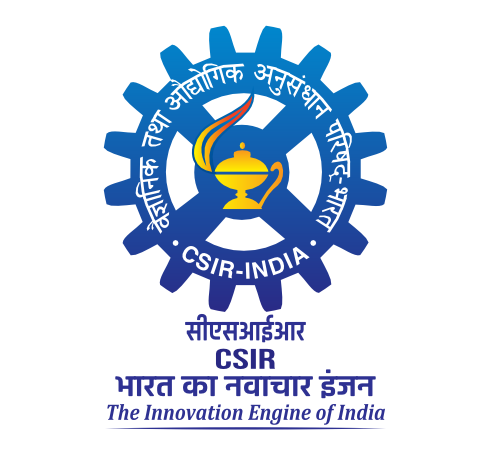A mixed white: red light regime leads to enhanced biomass and lipid production in an indigenous phycobiont Trebouxia corticola in a flat panel photobioreactor
Sonal, Tiwari and Jayashree, Rout and Sarada, R. and Pradeep Kumar, Agarwal and Vikas Singh, Chauhan (2025) A mixed white: red light regime leads to enhanced biomass and lipid production in an indigenous phycobiont Trebouxia corticola in a flat panel photobioreactor. Journal of Biocatalysis and Agricultural Biotechnology, 67. pp. 1-17.
|
PDF
1-s2.0-S187881812500132X-main.pdf - Published Version Restricted to Registered users only Download (8MB) | Request a copy |
Abstract
Light intensity and quality are critical in determining the production and composition of microalgal biomass. Response of an indigenous phycobiont Trebouxia corticola to a mixed light- emitting diodes light regime (White Light 40: Red Light 60) of 450 μmol photons m− 2 s− 1 was evaluated in a flat panel photobioreactor. The biomass concentration and productivity, specific growth rate, and carotenoid content were 1.41–2.37 fold, and superoxide dismutase levels were 1.14–1.29 fold higher than white and red light cultures. The maximum photosynthetic efficiency, photosynthetic electron transport rate, and non-photochemical quenching values were compar atively higher than white and red light cultures. The lipid content (35 % w/w), lipid productivity and the relative eicosapentaenoic acid content of total fatty acid methyl ester were more than two-fold, four-fold, and 1.28-fold higher than white and red light cultures. A 58.63 % decrease in carbohydrates, 28 % increase in lipids, significant downregulation of sugar levels, and an upre gulation of carboxylic acids compared to white light cultures suggested a diversion of carbon flux towards lipid biosynthesis. The growth-promoting and oxidative stress-protecting glyoxylate and dicarboxylic acid metabolic pathways were induced. A substantial expression of the linoleic acid metabolism pathway suggested that lipid metabolism was significantly influenced. These results suggest that the mixed light regime used in the present study could effectively influence cellular metabolism leading to simultaneous production of significantly higher biomass and lipid in T. corticola. The study suggests that phycobionts like T. corticola could be important candidates for further studies and strengthens the potential of bioprospecting in identifying microalgae with desirable traits.
| Item Type: | Article |
|---|---|
| Uncontrolled Keywords: | Antioxidant activity, Growth profile, Metabolomics, Oxidative stress, Pathway enrichment analysis, Photosystem II |
| Subjects: | 600 Technology > 08 Food technology > 19 Lipids-oils/fats 600 Technology > 08 Food technology > 29 Microbiological food > 01 Algae |
| Divisions: | Plant Cell Biotechnology |
| Depositing User: | Somashekar K S |
| Date Deposited: | 24 Jun 2025 08:09 |
| Last Modified: | 24 Jun 2025 08:09 |
| URI: | http://ir.cftri.res.in/id/eprint/19556 |
Actions (login required)
 |
View Item |

